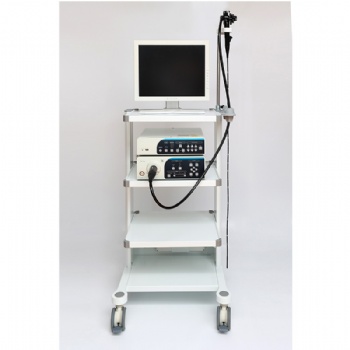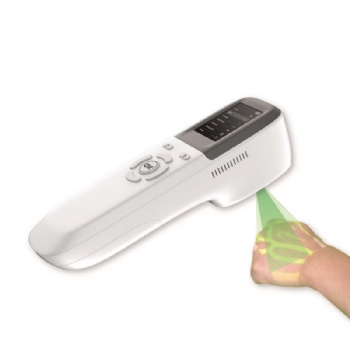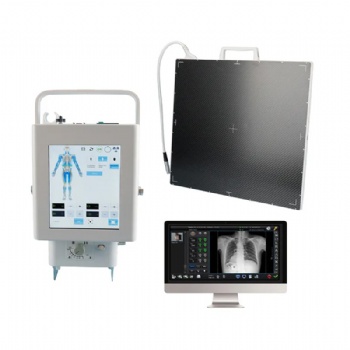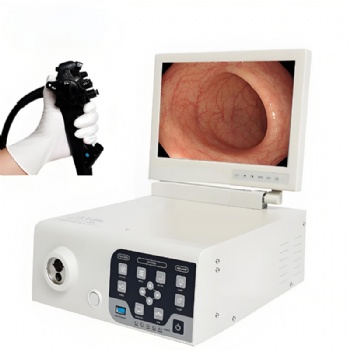News
Rigid endoscopes
Rigid Endoscopes
Rigid endoscopes are the oldest type on the market. They are used in the majority of surgical endoscopic applications and enable endoscopists to visualize the surface of organs, their vessels, or pathological changes without large incisions of the body and delivering a view even more clear than with the naked eye. The main design criteria are the viewing angle, depth-of-field, magnification, image brightness, image quality, distortion, and image size, which have to be appropriately balanced.
Rigid endoscopes are commonly used in minimally invasive surgical procedures like rhinoscopy (nose), cystoscopy (urinary bladder), and laparoscopy (abdomen).
Rigid endoscopes are made of metal tubes which contain the lenses, and the light channel(s) and are available in a large range of external diameters, from 1 to 12 mm.
Commonly, rigid endoscopes have a series of high-resolution optical glass rod lenses. The endoscopes can be forward viewing (0 degrees) or angled (10–120 degrees) to allow visualization out of the axis of the telescope and increase the FOV by rotating the instrument. The optical quality of lens-generated images of rigid endoscopes still surpasses that of the fiber-optic or digital images produced by flexible scopes.
In gastrointestinal surgery, however, rigid endoscopy for diagnostic purposes (diagnostic laparoscopy) completely lost its former role. Nowadays, laparoscopy is performed almost exclusively as a therapeutic procedure (Operative (Surgical) Laparoscopy).
In visceral medicine flexible endoscopy dominates now for the exploration of the whole GI tract from the interior (endoluminally).
Categories
Contact Us
- +86-18018467613
- +86-13357930108
- info@82tech.com




